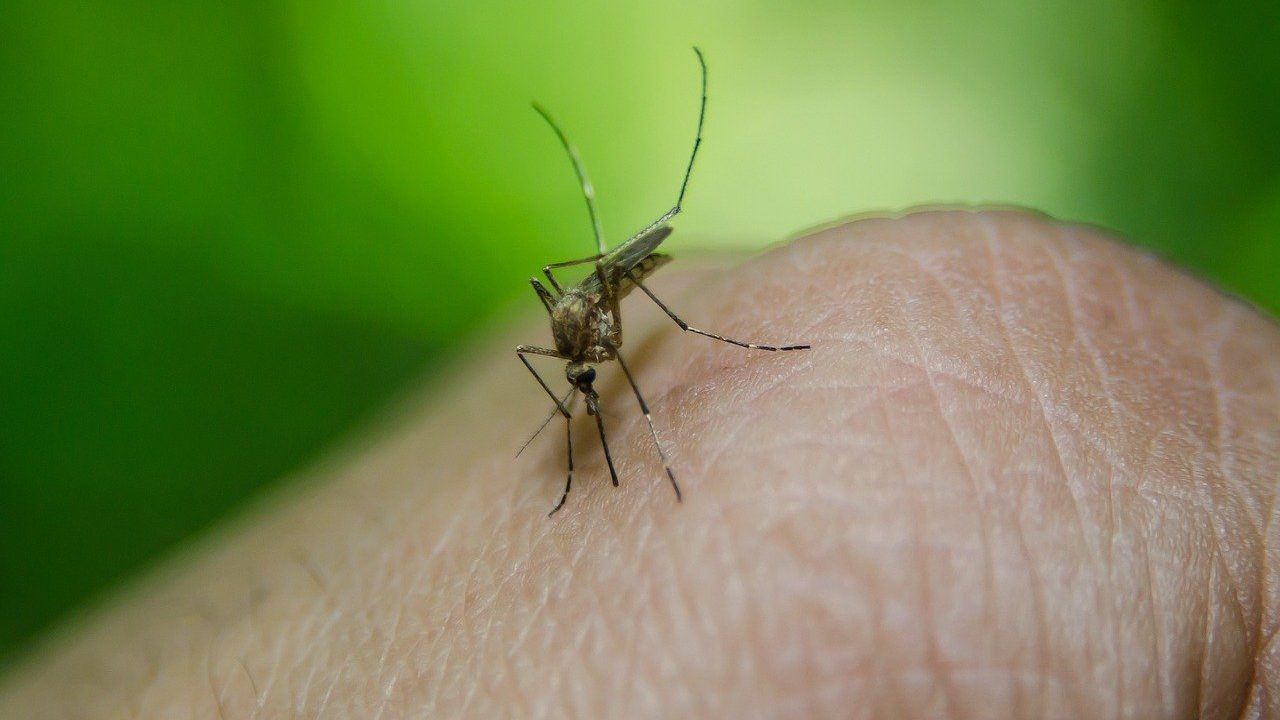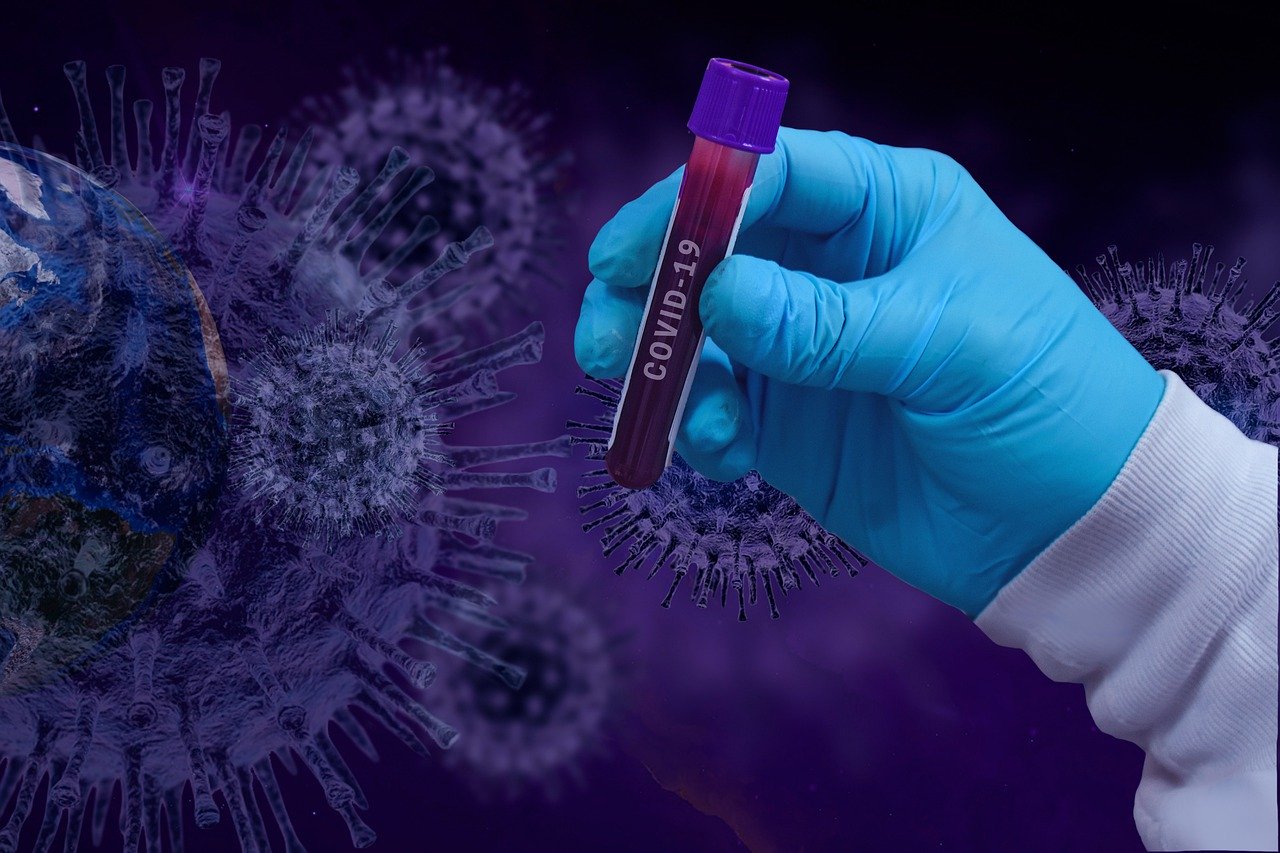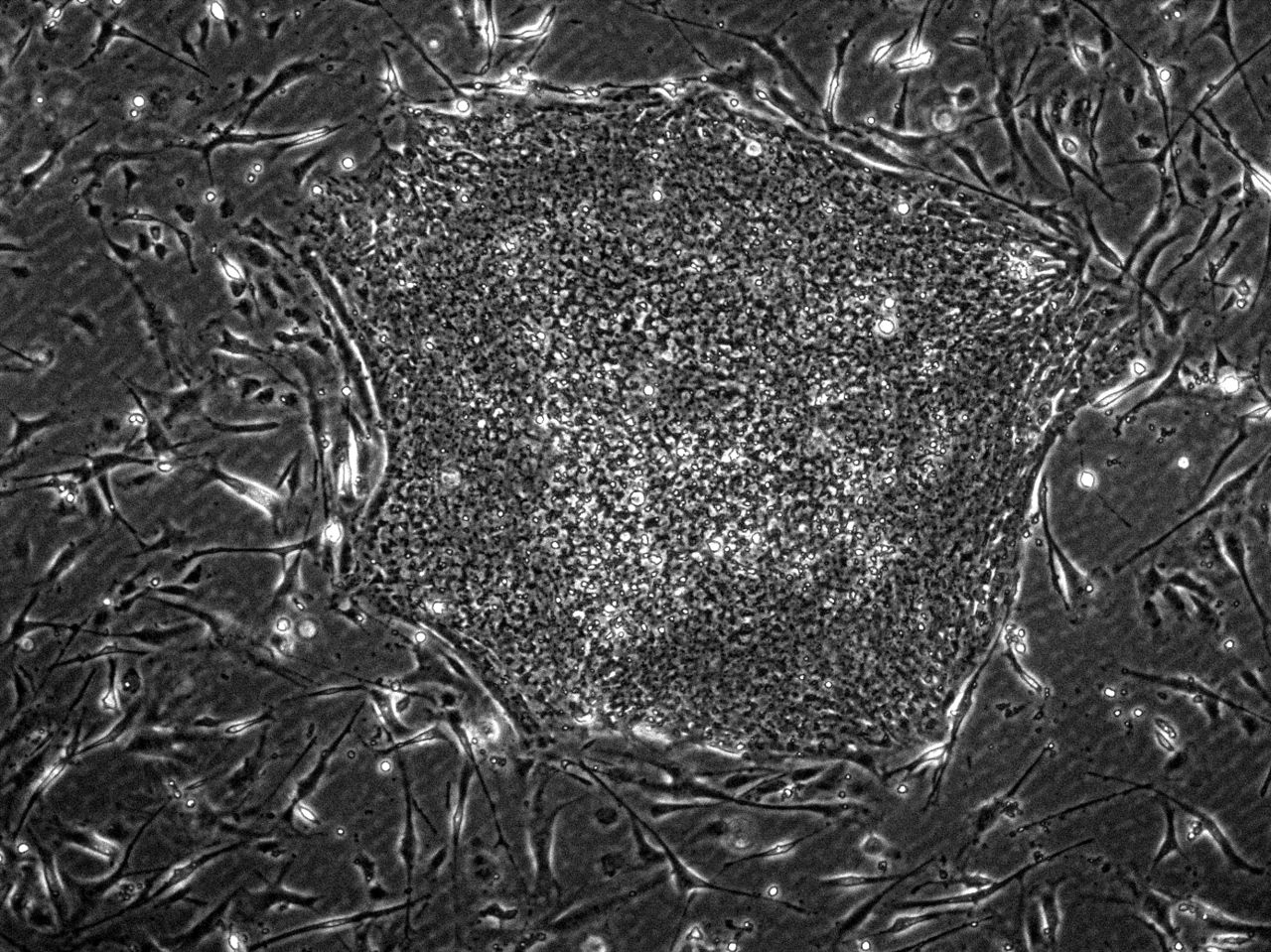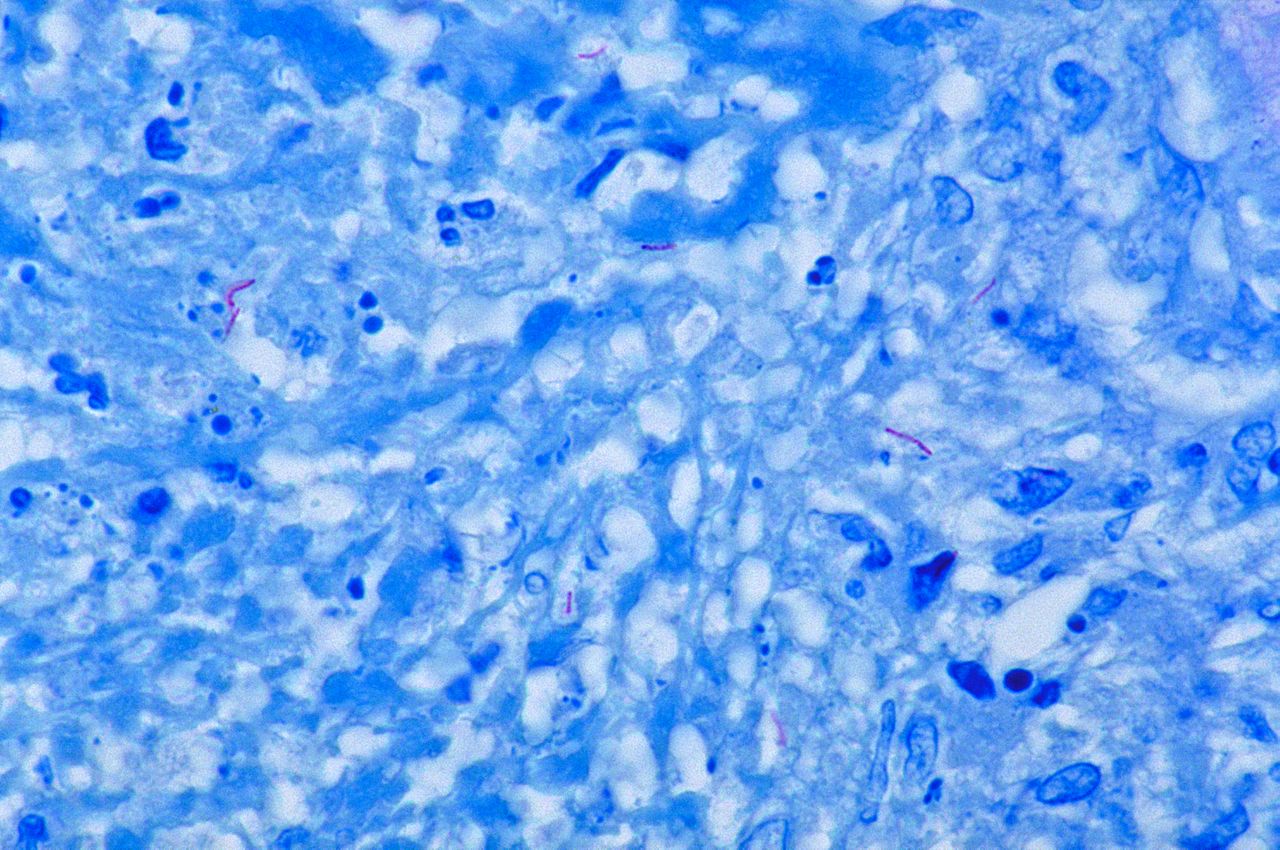
Researchers Make New Discovery in Battle Against Malaria
- News
- 1.2K
India has a huge burden of malaria. World Health Organization estimates that India observes nearly 15 million cases of malaria with 19,500–20,000 deaths reported every year. With increasing drug resistance, the current drugs are fast losing their potential. Prof. Anand Ranganathan and his colleagues at Special Centre for Molecular Medicine, Jawaharlal Nehru University, teaming up with researchers from Shiv Nadar University, Noida have identified a novel anti-malarial peptide that could be used in combination with other antimalarials for blocking the Plasmodium falciparum parasite from infecting blood cells.

When a malarial germ-carrying mosquito bites a human host, the malaria spore enters the bloodstream and first reaches the liver cells. In the liver cells, these spores develop into malarial germs capable of initiating a new sexual or asexual cycle of development. The malarial germs are released into the bloodstream, where it infects the red blood cells.
After the parasite is ushered into human red cells they begin to destroy oxygen-carrying hemoglobin and disfigure the cell surface so that the blood cells stick to blood vessels rather than circulating freely. Inside the red blood cell, the parasite meanwhile multiplies. Once the reproduction is complete, the newly formed parasites burst open the blood cells and come out to infect more cells.
The infection of the red blood cell, reproduction, and release of the new parasites into the blood cells happen at a regular interval and is synchronized. That is why when infected with Plasmodium falciparum, malarial fever recurs every 48 hrs. Entry into the red blood cells is a crucial step for the malarial parasite to cause infection. Prevention of the entry would mean arresting the disease. The malaria parasite uses molecular motor machinery called glideosome, to propel and invade the host cell. Myosin A and myosin A Tail Interacting Protein (MTIP) are two proteins that are part of this glideosome machinery that is essential for the mobility of parasite.
They generate the force required by the parasite to actively invade host cells. If they are made dysfunctional, the parasite will be immobilized and it will not be able to infect the red blood cells and cause malaria. “Crucial myosin A tail-MTIP interaction of the P. falciparum motor complex is essential for the locomotion,” says Zill e anam, the lead researcher of the study. The researchers used a novel approach to stop the parasite entry. They searched the library of the lab synthesized library of proteins with trillion of entries. By combing the library, they found one peptide, a short chain of amino acids, called ZA1 fits the Myosin A.
“We found a strong interaction between ZA1 and Myosin A-here our target. We showed that ZA1 was able to bind myosin A tail and displace MTIP. This new interaction will not allow the motor machinery of Plasmodium the way it should” explains Zill e anam. The peptide binds strongly to Myosin A, disrupts the motor machinery, and blocks the parasite invasion. “We then showed that a shortened peptide derived from ZA1, named ZA1S, was able to enter the parasite and bind to myosin A and block parasite invasion” she observed.
“The idea here was to break the cycle of the parasite at the very first step when it is trying to invade our RBCs,” says Prof. Ranganathan, who is also the corresponding author of the study. Another major advantage of targeting the parasite before it enters the blood cell is that it is more susceptible to drugs than when it enters the red blood cells of our body. Once the parasite enters into the red blood cells, it secretes a protein which makes the infected red blood cells from being targeted by our immune system. Hence it is difficult to target the parasite once it is has entered into red blood cells where it can hide safely, both our immune system and therapeutic agents.
Parasite evolves to resist the drugs and the drug-resistant variants of malarial germs are posing a looming threat. “A major hurdle which we are facing today in Malaria treatment is parasite’s non-responsiveness to the presently used drugs artemisinin and chloroquine. Our study is a step forward in that direction” describes Dr. Singh, also the corresponding author of the study/.
Due to the prime role of Myosin A in the parasite locomotion, the researchers say that their target is most likely to be conserved. The parasite is highly unlikely to survive mutations in the Myosin A region; making them strong drug targets says the researchers. “The peptide inhibitors can also be used in combination with other drugs for better anti-malarial efficacy after proper clinical study” opines Zill e Anam.
The research team includes Zill e Anam, Nishant Joshi, Sakshi Gupta, Preeti Yadav, Ayushi Chaurasiya, Amandeep Kaur Kahlon, Shikha Kaushik, Manoj Munde, Anand Ranganathan, and Shailja Singh. The study has been published in the International Journal of Molecular Sciences. (ISW)
If you liked this article, then please subscribe to our YouTube Channel for the latest Science & Tech news. You can also find us on Twitter & Facebook


